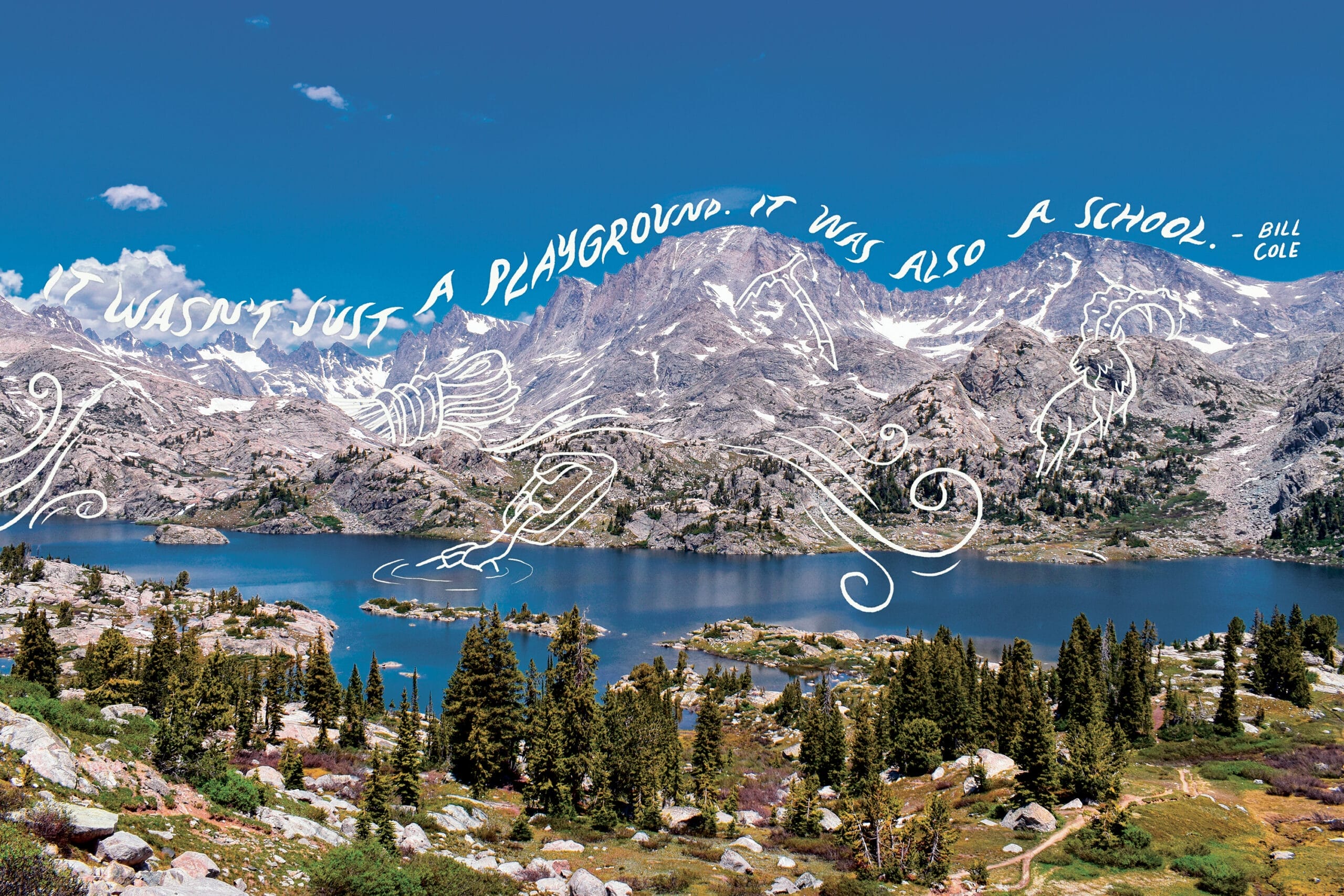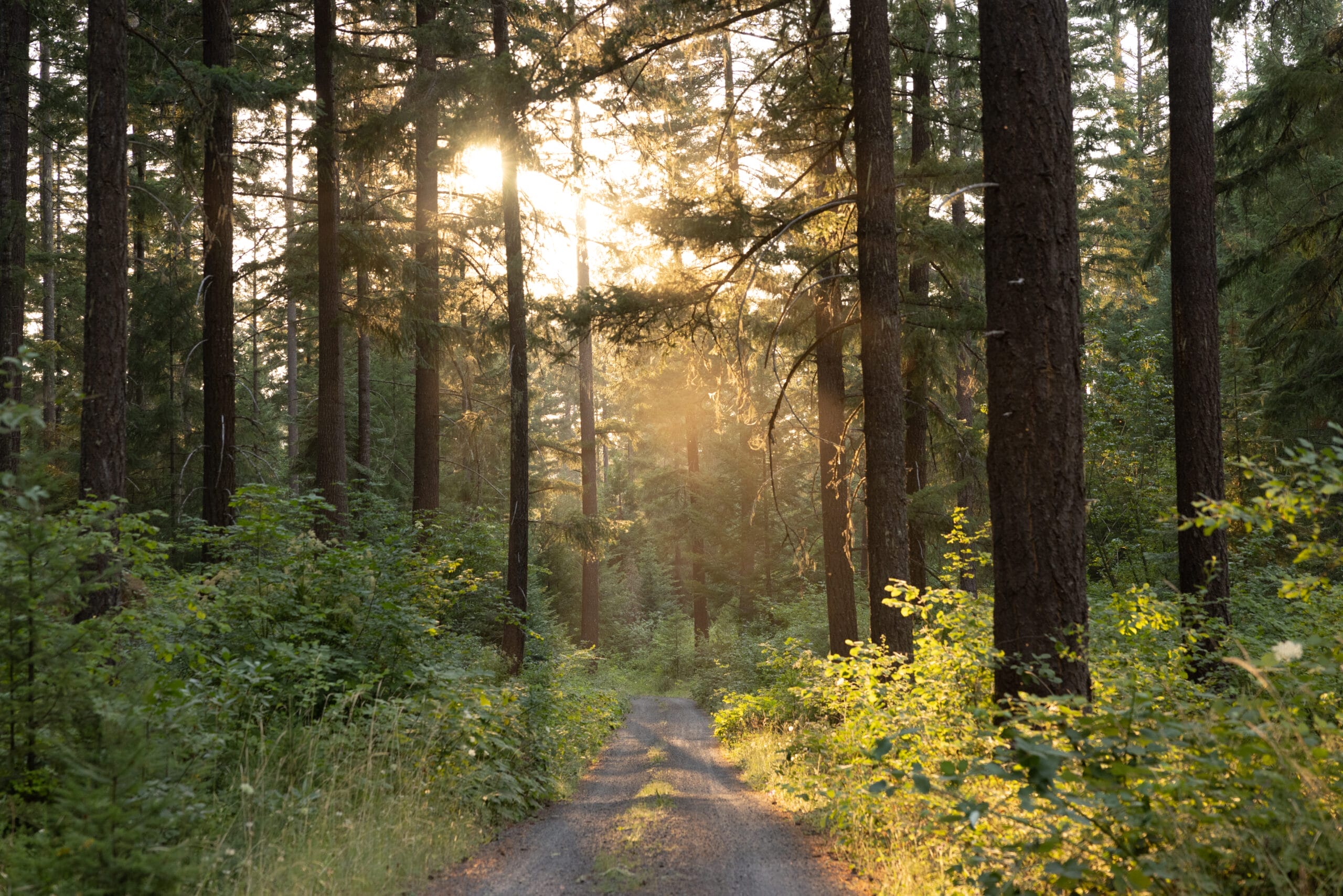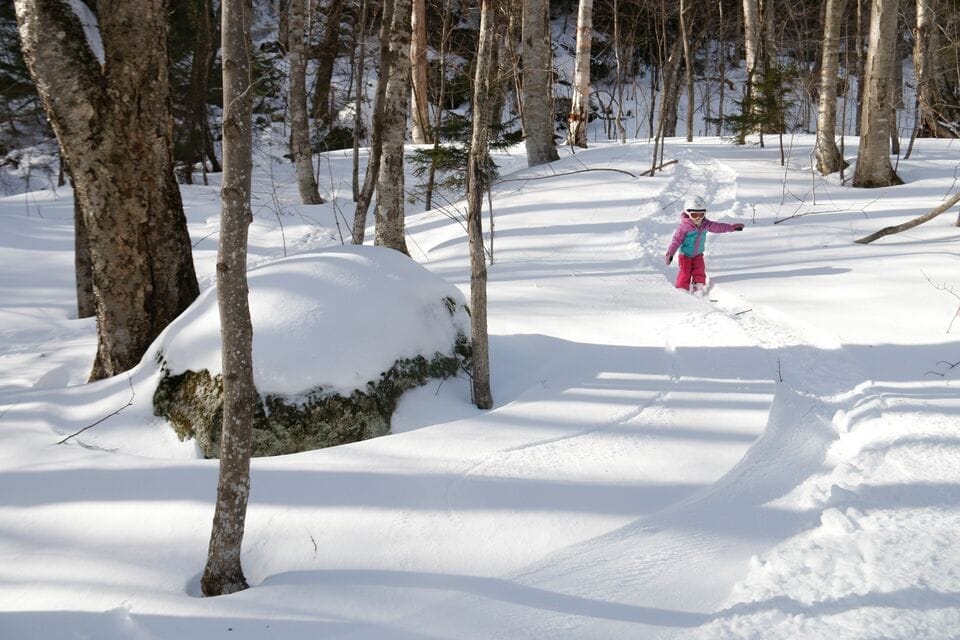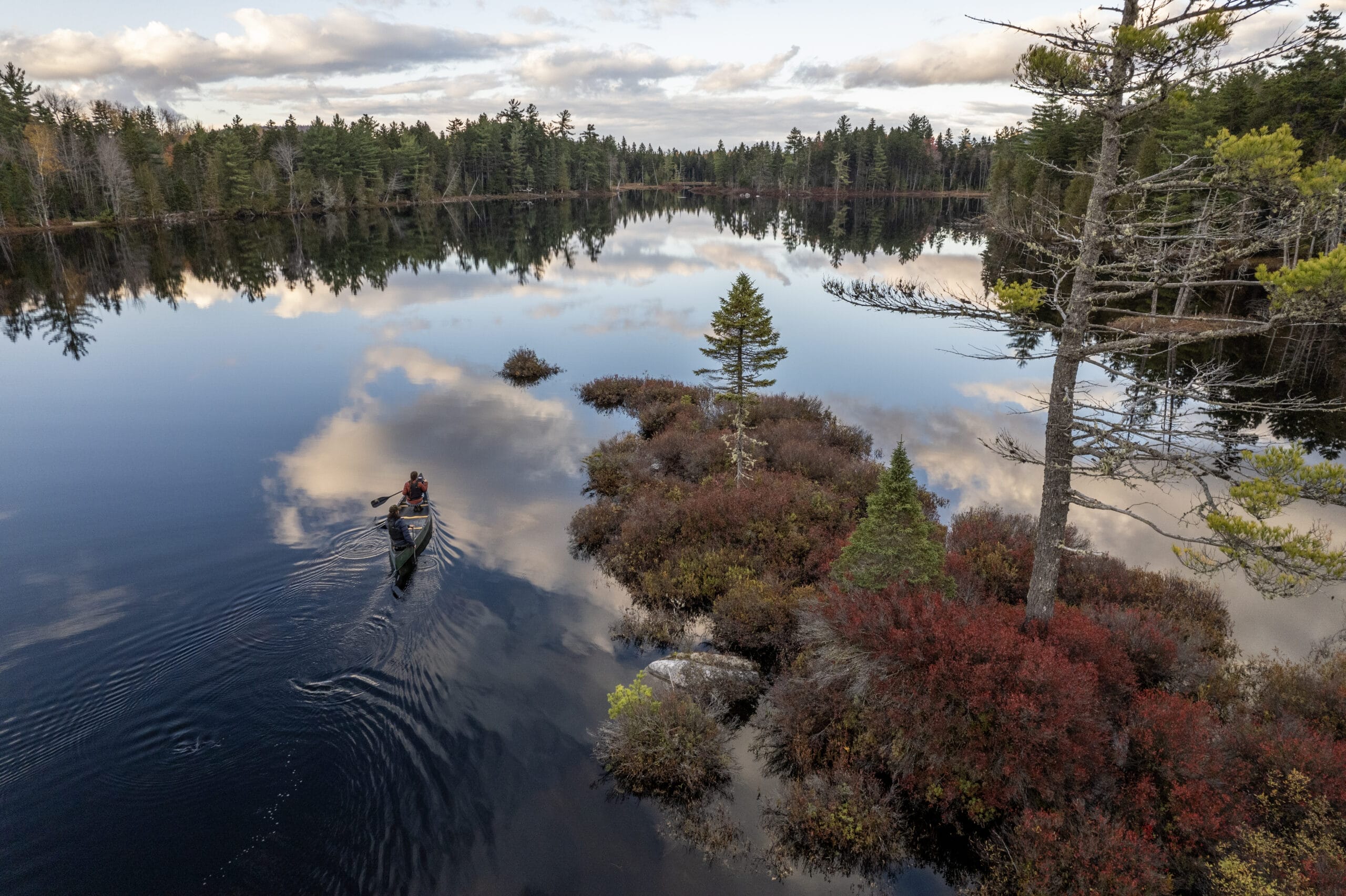
How well is your city meeting the need for parks during COVID-19?
How well is your city meeting the need for parks during COVID-19?
At The Trust for Public Land, we geek out about parks constantly. But it’s just once a year, the third Wednesday in May, that we get to share the latest numbers from the ParkScore ® index, our in-depth analysis of city park systems in the nation’s 100 largest cities.
(Which city tops the charts in 2020? Go to this year’s ParkScore rankings.)
In a typical year, the ParkScore rankings—combining data on park access, acreage, amenities, and funding—provide a chance to celebrate all the ways parks make our lives better. (And they make for fun, friendly competition between cities: will it be Minneapolis or Washington, DC, in the top spot overall? Will Boise retain its lead as the number one city for dog parks?) We’ve designed the analysis to help your city’s leadership make informed decisions about where to invest in outdoor access, but it’s also a great resource for everyday folks who want to learn more about how well their city is meeting the need for parks.
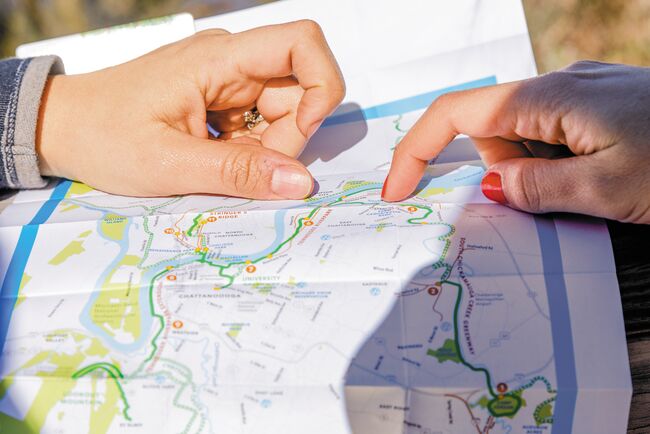 Our best-in-class data and research expertise are powerful tools to help communities plan and fund needed park investments. Photo credit: Doug Strickland
Our best-in-class data and research expertise are powerful tools to help communities plan and fund needed park investments. Photo credit: Doug Strickland
This year is different.
During the coronavirus pandemic, access to the outdoors has taken on a whole new importance. Emerging data confirm what you might have noticed in your community: since the start of the crisis, Americans have turned to parks in record-breaking numbers, seeking relief from anxiety, grief, and isolation. At the same time, officials have had to make difficult decisions to close some parks or change the way they’re used, in a bid to slow the virus’s spread—meaning more people have grappled with the challenges of not having easy access to the outdoors.
(Read 10 reasons parks are amazing)
But for far too many people in America, it’s never been easy to get outside. 100 million people in this country don’t have a park within a 10-minute walk of home. These inequities have serious, measurable consequences even in the best of times. During the pandemic, as public health experts urge Americans to stick close to home and facilities like parking lots and restrooms are closed, the park access crisis is more acute than ever. When parks are closed to cars, people who live within walking distance of a park get to enjoy the outdoors—and people who don’t, don’t.
That means that during this public health crisis, a third of us—including 28 million kids—have no safe place to get moving or just sit still and take a few much-needed deep breaths. And as we head into the hot summer months, neighborhoods without shady green parks are at higher risk of heat illness.
The data behind our ParkScore index is powerful. It shows park disparities between cities, but also within them. Our data show that 28 percent of residents do not have a park within a 10-minute walk of home. We also know—owing to a long and ongoing legacy of unequal power structures and biased policies—that the communities without adequate parks tend to be the same that suffer from unemployment, higher rates of conditions like asthma and obesity, a lack of affordable housing, underperforming schools, and a shortage of healthy food. These fundamental historical inequities cause persistent disparities in health and opportunity that are discrete, measurable, even mappable: In Oakland, California, the life expectancies for residents of two neighborhoods less than two miles apart differs by 12 years.
At The Trust for Public Land, we believe that quality parks are essential infrastructure, as critical to healthy, livable communities as roads, schools, libraries, and utilities. But today, the disparities in park access mean that the people who most need the mental and physical benefits of nature are the least likely to have practical access—and that even where parks do exist, they might not meet residents’ real requirements.
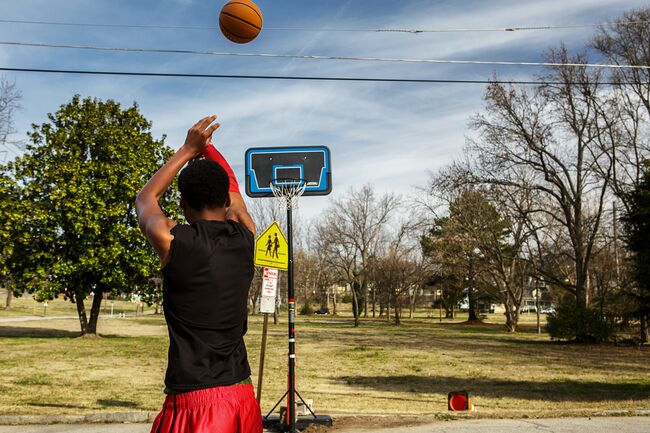 We work on projects across the country, planning, designing and creating parks with the communities that need them most. Photo credit: The Trust for Public Land
We work on projects across the country, planning, designing and creating parks with the communities that need them most. Photo credit: The Trust for Public Land
We’re relentlessly focused on righting these historical wrongs and creating healthy, equitable, resilient communities for generations to come. We’re also putting our data and expertise to work to respond directly to the crisis: decision makers in hard-hit places like New York City are using our data to understand where the demand for safe access to the outdoors is highest, and prioritizing short-term changes like opening streets to pedestrians. And when the crisis passes and communities come together to recover, we’ll be ready to invest in parks where the need is greatest.
We publish ParkScore rankings every year because we believe everyone, on every block, in every city in America should have a great park within a 10-minute walk of home. We can’t do this important work without support from people like you. Visit tpl.org/parkscore to get the data, explore maps of your community, and learn how well your city is meeting the need for parks.
Rising temperatures, bigger storms, and asphalt schoolyards pose significant risks during recess. Urge Congress to prioritize schoolyards that cool neighborhoods, manage stormwater, and provide opportunities for kids to connect with nature today!


Donate to become a member, and you’ll receive a subscription to Land&People magazine, our biannual publication featuring exclusive, inspiring stories about our work connecting everyone to the outdoors.
See how our supporters are helping us connect people to the outdoors across the country.




